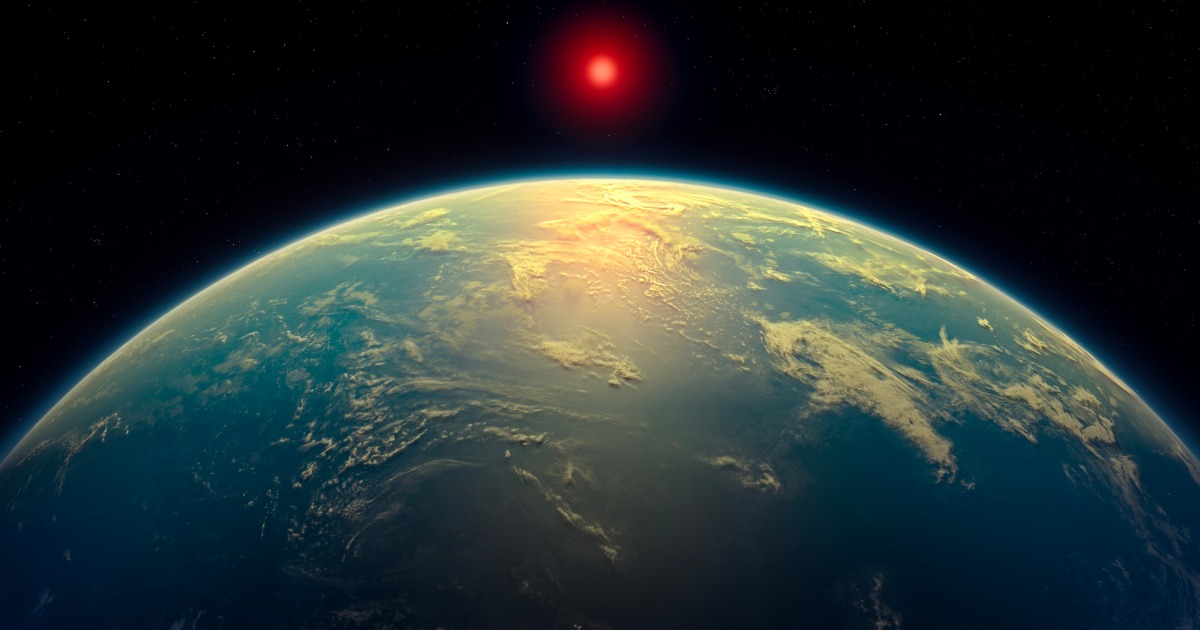
Angle
In space and astronautical engineering, an angle is the figure formed by two rays, called the sides of the angle, sharing a common endpoint, called the vertex of the angle. Angles are used to describe the orientation and position of spacecraft, satellites, and other objects in space. They are also used to calculate trajectories, determine the direction of thrust, and measure the distance between objects. In addition, angles are used to describe the shape and orientation of celestial bodies, such as planets, moons, and asteroids. The most commonly used unit of measurement for angles in space and astronautical engineering is the degree, although radians and other units may also be used.
Your Previous Searches
Random Picks
- Catalyst Selection: Catalyst selection is the process of choosing the appropriate catalyst for a specific chemical reaction in the context of space and astronautical engineering. Catalysts are substances that increase the rate of a chemical reaction without be ... Read More >>
- Global Positioning Systems: In the context of aerospace engineering, Global Positioning Systems (GPS) refer to a network of satellites that orbit the Earth and provide precise positional and timing information to GPS receivers located anywhere on the planet. The syste ... Read More >>
- Gyroscopic Torque: In the context of aerospace engineering, gyroscopic torque, also known as gyroscopic effect, refers to the phenomenon that occurs when a rotating body, such as a gyroscope or a spinning spacecraft, experiences a force applied perpendicular ... Read More >>
Top News

This week on "Sunday Morning" (April 20)...
A look at the features for this week's broadcast of the Emmy-winning program, hosted by Jane Pauley....
News Source: CBS News on 2025-04-17

Scientists detect strongest hints yet of life on a distant planet...
Scientists have detected unique chemical patterns similar to those produced by the Earth's algae and seaweed — raising the possibility of the presence of a warm ocean, perhaps teeming with life, on ...
News Source: NBC News on 2025-04-17

Is there life on another planet? Scientists find the strongest evidence yet...
Near a planet far, far away astronomers have found traces of chemicals that on Earth are only produced by living beings....
News Source: Al Jazeera English on 2025-04-17

Scientists find strongest evidence yet of life on an alien planet | CNN...
In a potential landmark discovery, scientists using the James Webb Space Telescope have obtained what they call the strongest signs yet of possible life beyond our solar system, detecting in an alien ...
News Source: CNN on 2025-04-17
Katy Perry's trip to space wasn't inspirational. It was tone-deaf marketing....
Katy Perry indulged in a space tourism trip Monday, courtesy of Jeff Bezos' company. It's the latest in a long line of missteps for the singer....
News Source: Business Insider on 2025-04-14